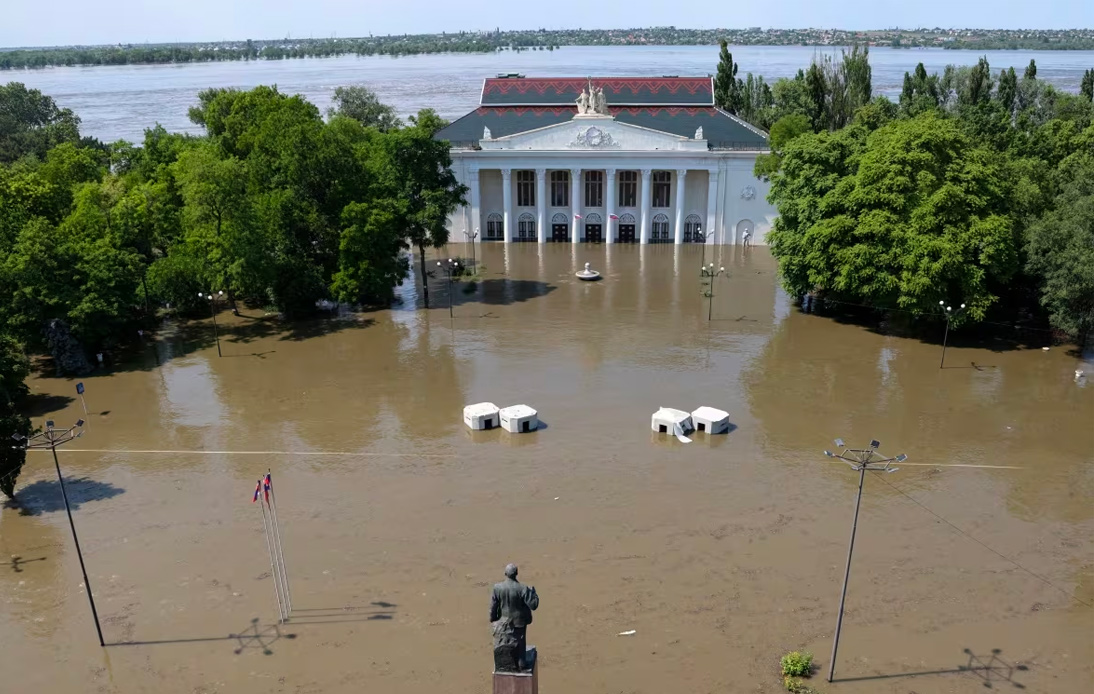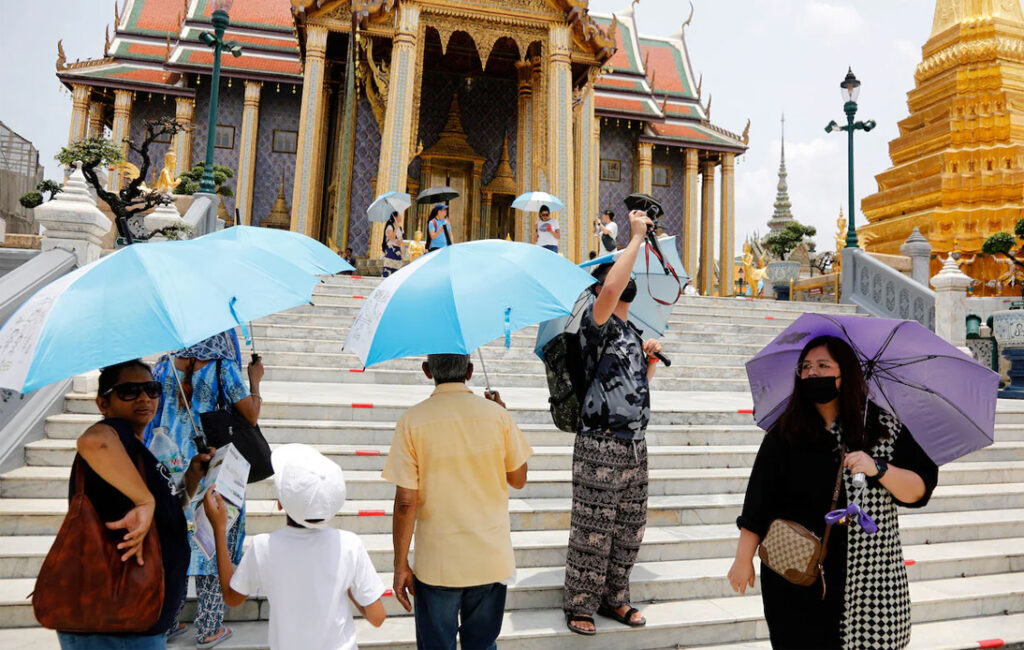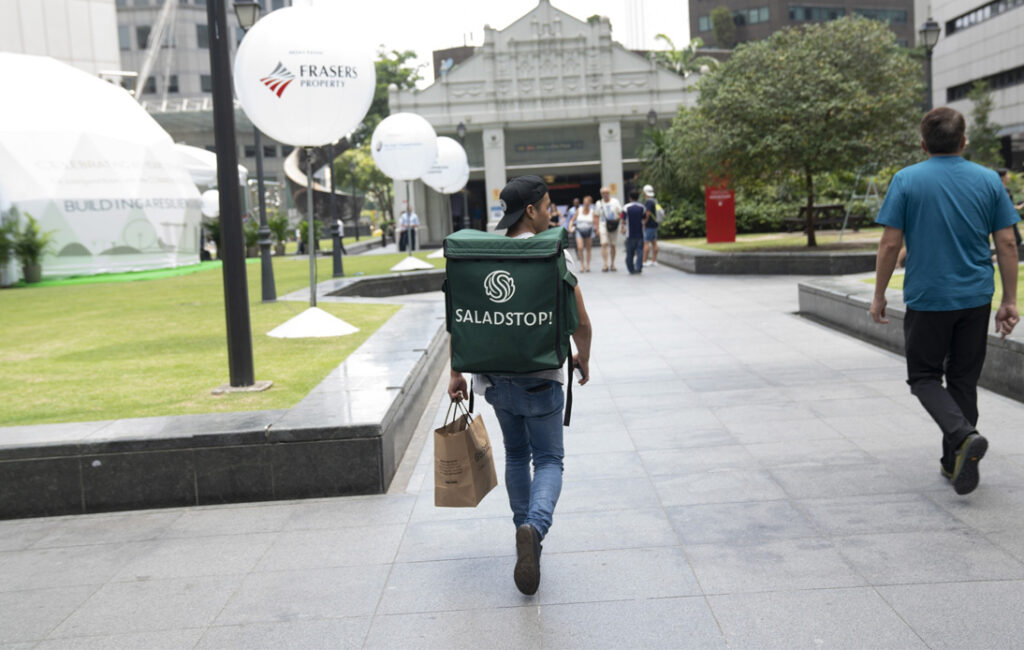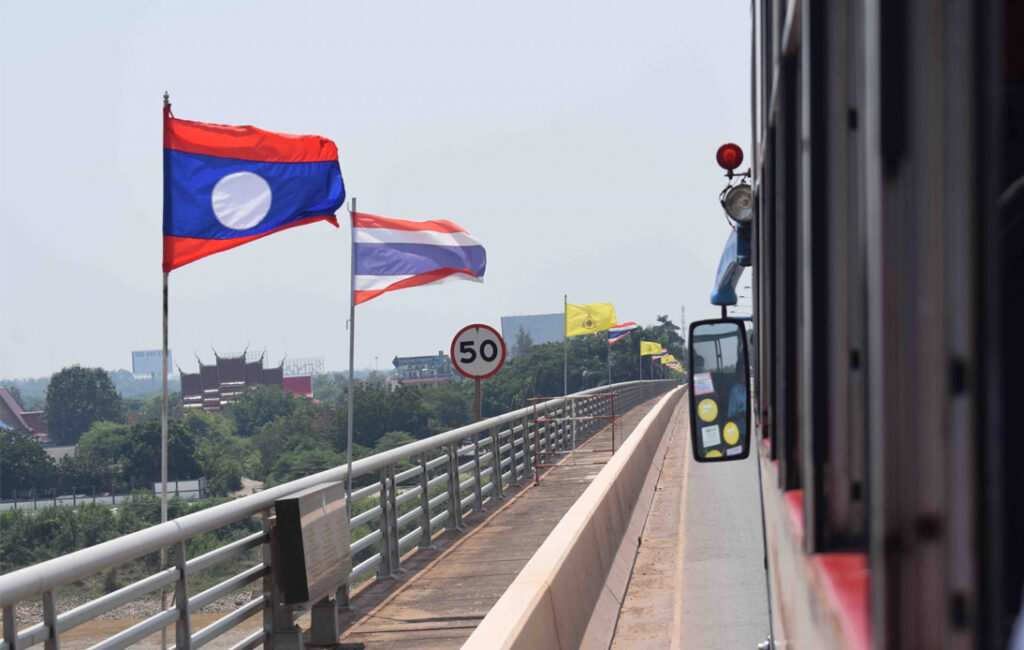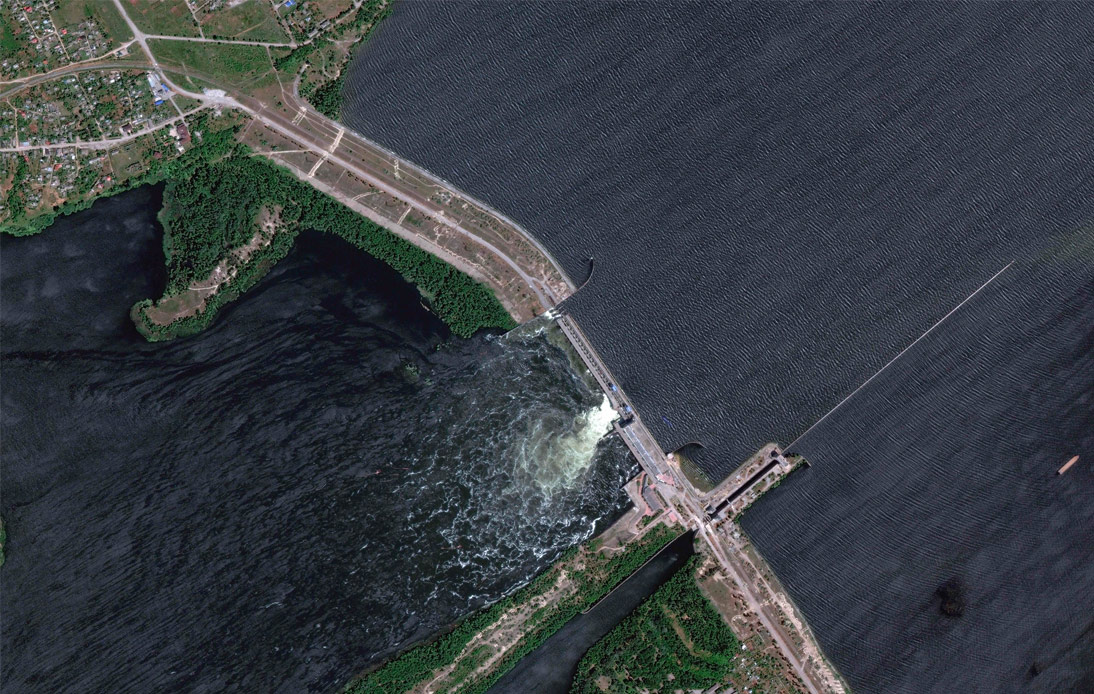
In the aftermath of a devastating dam collapse in Russian-controlled Ukraine, thousands of people find themselves being hastily evacuated as the resulting surge of water threatens to flood a vast expanse of land downstream.
President Volodymyr Zelensky has warned that about 80 towns and villages are in danger due to the destruction of the Nova Kakhovka dam, an event he squarely places on Russia’s actions.
However, in a counterclaim, Russia denies the allegations, instead shifting the blame to Ukrainian shelling.
“The sudden rush of water along the Dnipro river is catastrophic and places the city of Kherson at imminent risk of flooding,” stated President Zelensky.
The veracity of neither Ukraine nor Russia’s claim has been confirmed by neutral parties or international news sources like the BBC.
In the midst of the controversy stands the Kakhovka dam, a crucial component in the region’s water management and supply.
It plays an essential role in providing water to the residents, farmers, and the Zaporizhzhia nuclear power plant, in addition to acting as a vital channel transporting water to the Russian-occupied Crimea.
Ukrhydroenergo, the administrator of Ukraine’s state-owned hydropower plants, anticipates a peak in the water spill from the rapidly emptying reservoir on Wednesday morning.
The surge would then be succeeded by a period of stabilisation, with water levels predicted to recede significantly within four to five days.
Europe’s largest nuclear power plant, Zaporizhzhia, has raised concerns due to its reliance on the dam’s reservoir water for cooling.
As of now, the situation is reportedly under control and poses “no immediate nuclear safety risk” to the plant, according to the International Atomic Energy Agency (IAEA).
Eyewitness footage of the unfolding disaster showcases a rush of floodwater barrelling through the dam’s breach, leaving several towns submerged in its wake.
As the waters threaten to surge further downstream, thousands of people are being transported to safety by bus and train.
“Approximately 40,000 people are in dire need of evacuation,” Deputy Prosecutor-General Viktoriya Lytvynova revealed on Ukrainian television.
Ihor Klymenko, Ukraine’s Interior Minister, expressed concerns about the safety of citizens and pointed fingers at Russia for its alleged attack on the southern region of Kherson, the epicenter of the evacuation process.
He cautioned about the dangers posed by mines exposed due to the surging water levels.
A local resident, Andriy, living near the dam which was seized by Russian forces during the invasion in February 2022, alleged Russia’s intent to “drown” his city.
Similarly, Lyudmyla, a resident of the Ukraine-controlled city of Kherson, echoed the sentiment and urged the dismissal of Russian forces from their lands.
Meanwhile, in Nova Kakhovka, a city in Russian-seized territory, Mayor Vladimir Leontyev announced the evacuation of 900 residents as the city found itself overwhelmed by rising waters.
Amid the chaos, a tragic incident was reported from the Kazkova Dibrova zoo located on the Russian-held riverbank, stating that all 300 animals housed in the zoo had perished due to the floods.
Accusations and counter-accusations continue to swirl over the cause of the dam breach.
Ukrainian military intelligence alleges Russia of deliberately detonating the dam, a possibility viewed as plausible given the strategic advantage Ukraine might gain via the dam’s roadway.
Russia, however, insists that Ukraine started the attack to distract from its own failures and deprive Crimea, the land annexed by Russia in 2014, of freshwater supplies.
Despite the destruction and chaos, President Zelensky remains resolute. In a video address, he declared, “We will still liberate all our land.”
This sentiment was echoed during an urgent meeting of Ukraine’s security and defense council discussing the crisis.
Amid the conflict, world leaders have condemned the incident, attributing blame to Russia and calling for accountability.
Jens Stoltenberg, head of NATO, referred to the dam’s destruction as evidence of Russia’s brutality in the Ukrainian war.
UK Prime Minister Rishi Sunak warned that if Russia was indeed responsible, it would signal “new lows in Russian aggression”.




